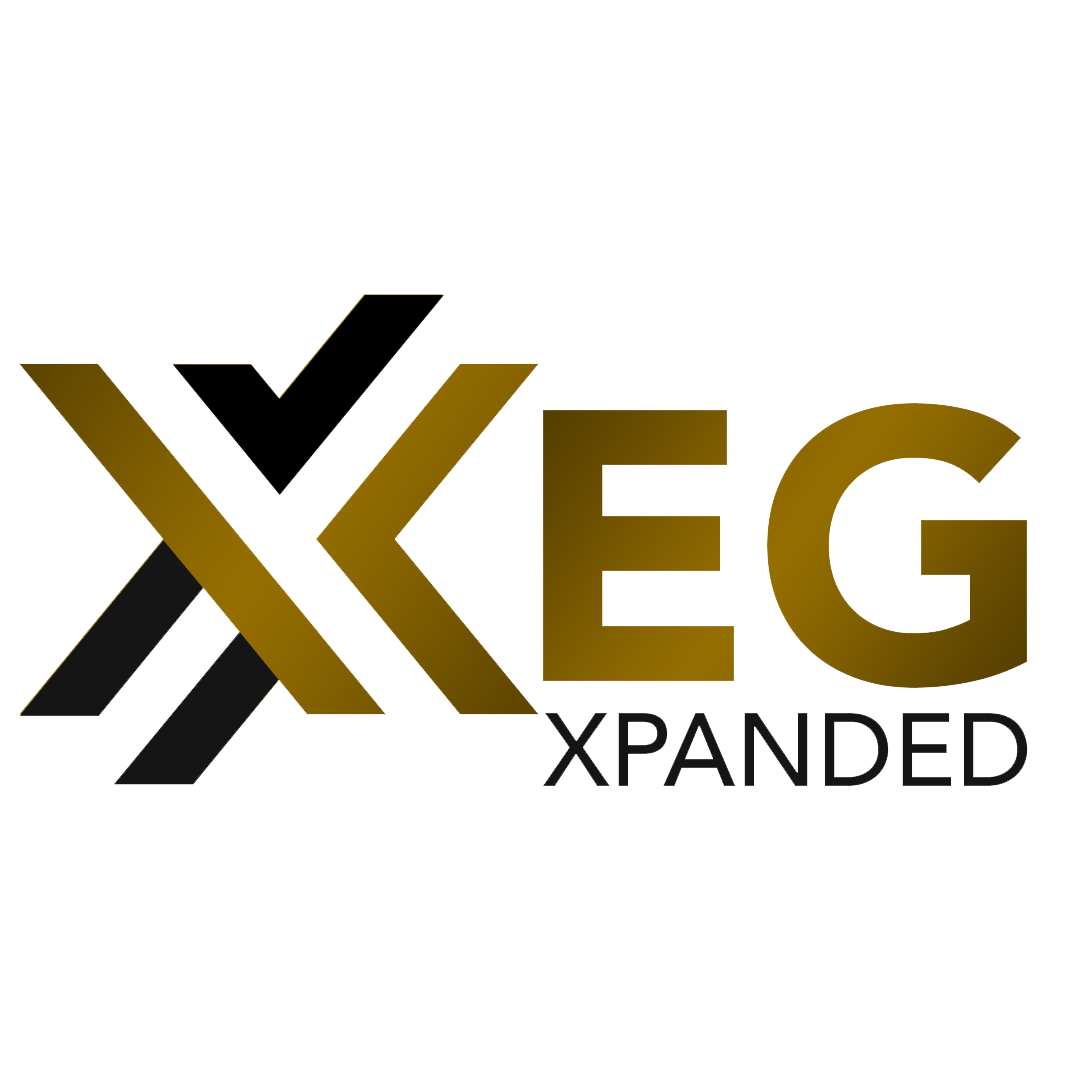The 2026 Property Management Landscape — What Edmonton Investors Need to Prepare For
Introduction
As the Alberta real estate market continues to evolve, 2026 is shaping up to be a pivotal year for property investors and rental housing providers. From changes in tenant expectations to advances in PropTech, the property management industry is entering a period of modernization that requires owners and managers to stay informed. At YEG Xpanded Property Management, our role is to help Edmonton landlords navigate these ongoing developments while ensuring that their properties are competitive, compliant, and profitable.
This post explores the top trends expected to influence property management in 2026 and how real estate investors can adapt proactively.
1. Technology Integration Will Define High‑Performing Rental Operations
Technology has already reshaped leasing, communication, and maintenance—but in 2026, tech adoption will be considered standard rather than innovative. Property managers who fail to integrate new tools risk falling behind competitors.
Key PropTech trends for 2026 include:
AI‑Driven Maintenance Forecasting: Predictive analytics that detect maintenance needs before failures occur.
Smart Building Automation: Thermostats, access controls, water‑leak sensors, and energy‑monitoring systems.
Virtual Leasing Tools: 3D walkthroughs, automated appointment scheduling, and remote lockbox showings.
Digital Tenant Portals: Streamlined rent payments, agreement updates, maintenance tracking, and communication.
Integrating these tools not only enhances the tenant experience but also improves operational efficiency, reduces overhead, and supports long‑term asset planning.
2. Tenant Expectations Will Be Higher Than Ever
After several years of rapid market changes, tenants have become more selective about rental housing. With Edmonton’s population growth accelerating, demand will remain high—but renters will continue to expect more from landlords.
Emerging tenant priorities for 2026:
Energy‑efficient units to reduce utility costs.
Fast, transparent communication from managers.
Reliable building security and controlled access.
Flexible rental options including short‑term, mid‑term, or furnished units.
Modern amenities even in older buildings.
Meeting these needs requires a property management strategy that emphasizes responsiveness, modernization, and preventive maintenance.
3. Preventive Maintenance Will Become a Mandatory Operational Strategy
With rising building‑material costs and stricter standards for asset longevity, 2026 will mark a shift toward proactive maintenance planning. Rather than addressing issues only after they occur, Edmonton investors will rely on detailed maintenance forecasting.
This includes:
Annual building‑condition assessments
Lifecycle planning for major components
Scheduled inspections of HVAC, roofing, plumbing, and electrical systems
Continuous monitoring through IoT devices
Effective preventive maintenance not only protects property value but also reduces long‑term repair costs.
4. The Rental Market in Edmonton Will Remain Landlord‑Favourable
As immigration, interprovincial migration, and local population growth continue, Edmonton’s vacancy rates are expected to remain low into 2026. This presents a unique opportunity for investors—particularly those who want to enter the rental market with new acquisitions or develop secondary suites.
However, landlords will also need to stay in compliance with legislation, uphold fair‑housing standards, and manage increased communications as more residents enter the market.
Conclusion
Property management in 2026 will require better technology, better communication, and better planning than ever before. Edmonton investors who adopt a forward‑thinking approach will secure stronger returns and build long‑lasting tenant relationships.
At YEG Xpanded, we are committed to guiding landlords through the changing landscape with professionalism, expertise, and proven strategies.
